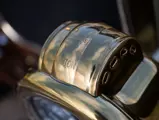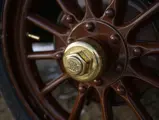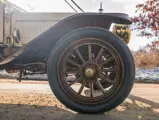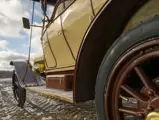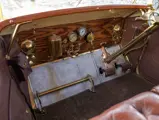
1912 Winton Model 17-C Seven-Passenger Touring
{{lr.item.text}}
Offered Without Reserve
{{bidding.lot.reserveStatusFormatted}}
- Formerly owned by noted enthusiasts William S. Castle and Tom Wall
- A robust 48-hp, six-cylinder Brass Era touring car
- Built by one of America’s greatest pioneer performance automakers
- Veteran of a cross-country American tour in 2021
- Well-preserved, attractive older restoration
Produced in Cleveland, Ohio from 1897 until 1924, Winton was at the very forefront of early American motoring. Alexander Winton successfully promoted his automobiles in early racing on dirt and board tracks; two of his race cars are with Smithsonian, as is the first car to be driven across the United States in 1903—also a Winton. Like Pierce-Arrow and Locomobile, the cars were known for their conservative but outstanding engineering and quality, which endeared them to America’s wealthiest, most prominent families.
The 1912 Model 17-C Seven-Passenger Touring offered here was purchased new by Kilburn Harwood Roby Jr. of Decatur, Illinois. Mr. Roby subsequently moved with the car to Pasadena, California, and in 1916 put it away into a garage, where it remained until 1950. It was discovered by a friend of William S. Castle, an enthusiast from Speedway, Indiana, who shortly acquired the car and used it on numerous long-distance tours all over the country, including the Glidden Tour in 1953.
After 37 years, Mr. Castle sold the Winton in 1987 to George Schuetz, in whose ownership it was restored to the present color scheme and continued to participate in events. Mr. Schuetz, in turn, sold the car in 1996 to longtime Winton collector and historian, the late Tom Wall of Wisconsin, who continued to enjoy it at Horseless Carriage Club of America events while meticulously caring for it mechanically. He and his wife, Donna, dubbed it "The Mountain Goat," as it never reached a hill it could not climb.
Mr. Wall’s estate sold the Winton in 2019 to another enthusiast. Soon thereafter it was purchased by the present owner in Northern California, himself a longtime Winton owner and enthusiast, who used it on a cross-country tour from New York City to Pebble Beach in 2021—much like the intrepid Horatio Nelson Jackson did behind the wheel of a Winton in 1903, as chronicled in the Ken Burns documentary “Horatio’s Drive: America’s First Road Trip.” It remains in extremely good overall condition, with its two-tone buff and caramel finish still attractive, as is the brown leather button-tufted interior, properly accented by beautifully polished brass lights, radiator, and badging.
In prior ownership the car was set up for touring, with the lights converted to a 12-volt electrical system. More recently it has undergone further sorting, including installing new cylinder jugs and replacing the transmission shaft. Three additional original jugs are included, along with a new lower block casting, additional engine parts, two original wooden-spoke wheels, additional tires, and a reproduction transmission casing, transformed into a coffee table.
A 48-horsepower Winton is a splendid Brass Era touring automobile, and this one has much to recommend it to the connoisseur of early motoring—following in the tradition of Castle, Schuetz, and Wall.




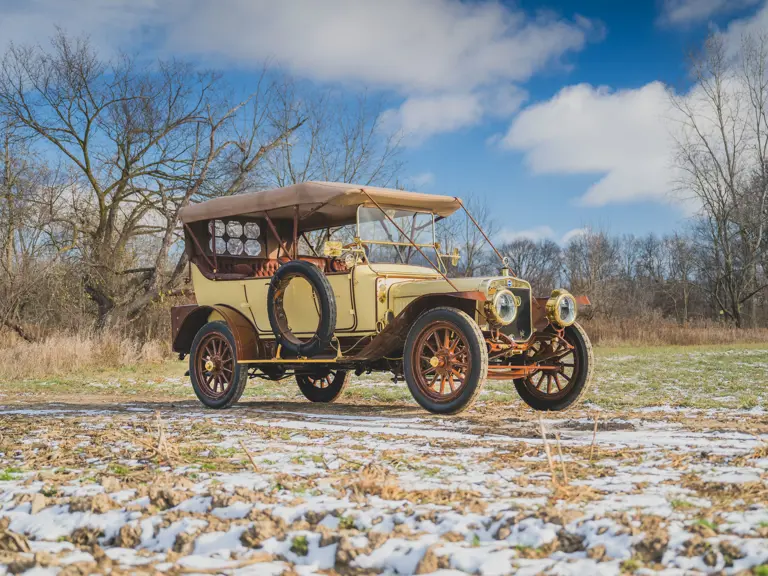





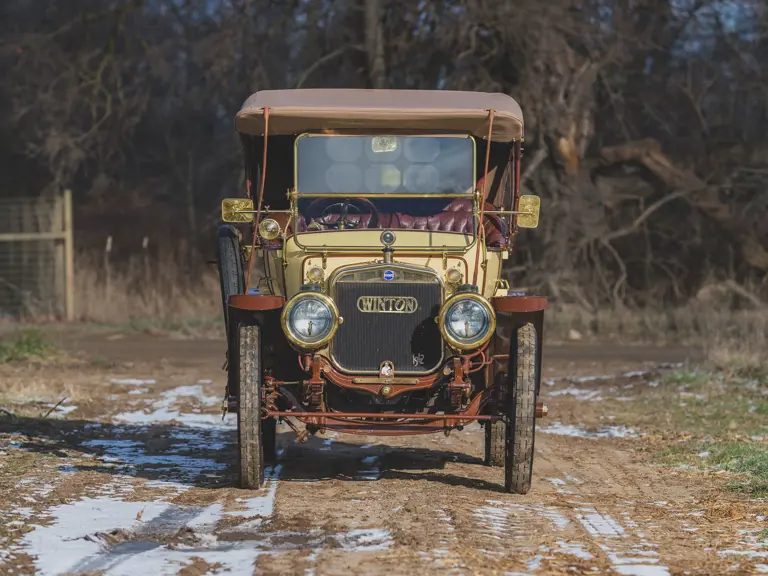




















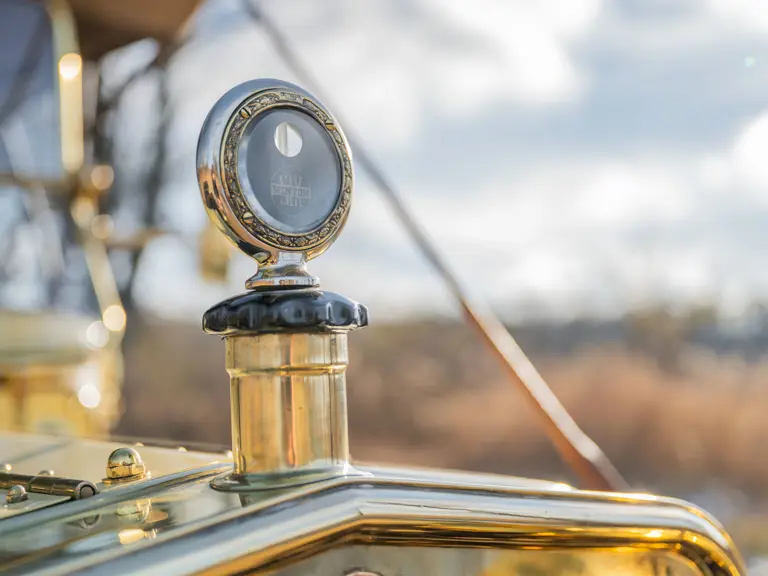


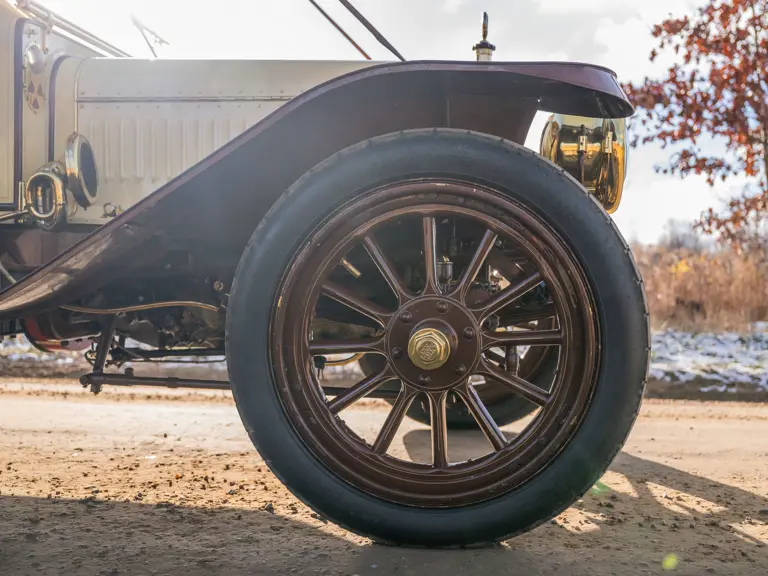
























 | Phoenix, Arizona
| Phoenix, Arizona














